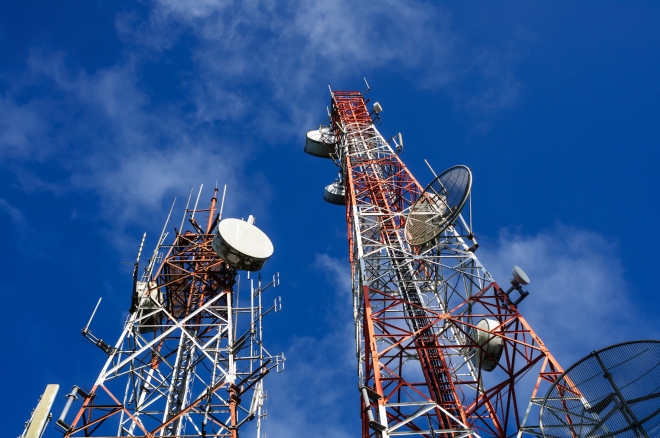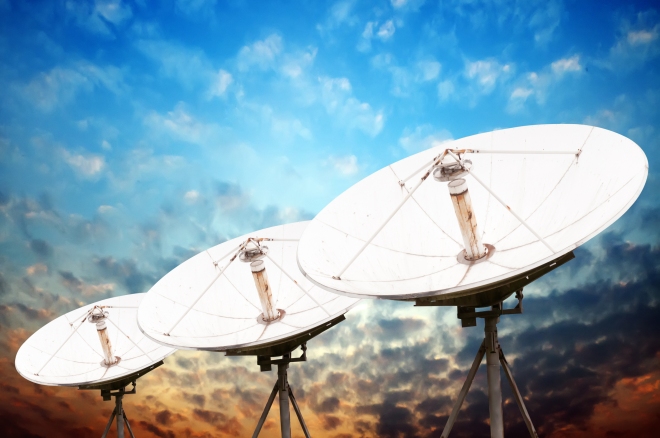Even though the heading of this article is self-explanatory, I’d still deep dive into the topic and share my analysis as to why these terms go hand-in-hand. So to begin with let’s touch upon what is Digital India?
Digital India is a campaign launched by the Government of India to ensure that Government services are made available to citizens electronically by improving online infrastructure and by increasing Internet connectivity or by making the country digitally empowered in the field of technology. – Source Wikipedia
In simpler words, the primary focus of this Rs 1.13 lakh crore initiative is empowering citizens of India with always available connectivity. And using technology to create a participative, transparent and responsive government.
Prime Minister Modi led ‘Digital India’ initiative has the following vision and pillars:
Vision Of Digital India
- Digital Infrastructure as a Utility to Every Citizen
- Governance & Services on Demand
- Digital Empowerment of Citizens
Pillars Of Digital India
- Broadband Highways
- Universal Access to Phones
- Public Internet Access Programme
- e-Governance – Reforming government through Technology
- e-Kranti – Electronic delivery of services
- Information for All
- Electronics Manufacturing – Target NET ZERO Imports
- IT for Jobs
- Early Harvest Programmes
The gist of ‘Digital India’ for citizens like you and me is – better connectivity, on demand services, more jobs in the IT sector. That brings us back to our topic Know mobile connectivity, Know Digital India – No mobile connectivity, No Digital India. Now that you have understood the essence of ‘Digital India’, let me touch base as to why mobile connectivity or the lack of it will make or break the ‘Digital India’ initiative.

As a tech journalist, I’m mostly on the move and thus all my tasks take place on my smartphone. From filling stories, to checking mails or keeping up to date on social media everything takes place on the move. If I’m not doing it on my smartphone then it’s either my tablet or my laptop but all are ultimately connected or dependent on mobile connectivity. And there is almost 30-40% of population in the metro cities who are largely dependent on mobile connectivity for their livelihood. I’m not even counting millennial generation who are hooked on to their smart devices 24/7.
So when such a large chunk of society is dependent on mobile connectivity then why are suffering with bad or no connectivity. How can we make India the ‘Digital India’ that our PM foresees?
On digging further as to why we are stuck in medieval age of connectivity, when the world is planning 5G. I found out that there is a blame game going between Mobile Operators and TRAI. How did I figure this out?
Honestly, I wouldn’t have cared about how Digital India is faring but as they till say ‘you don’t care till you don’t suffer.’ Sadly, I did suffer and that’s when I decided to analyze the situation and write about it.
In fact, I’m still plagued by poor mobile connectivity as I write this post. The situation has got so out of hands that in my own room, if I move from one corner to another the call drops. What will I do with 4G or 3G connectivity if there are no networks, both at my workplace and home? And I not the only one ridiculed by poor or no connectivity. The only solution left was calling the mobile operators (Vodafone and Airtel) in my case and ranting about the issues I’m facing.
Frankly, you will not feel that you have got any help after you speak to the customer care at any of the telecom operators. It’s when you research and talk to senior officials you understand the dearth of the situation. I learnt it the hard way that it’s not the mobile operators that can be blamed about the poor or no mobile connectivity that we are facing, in fact due to lack of mobile towers they are also flooded with such complaints.
In my conversation with a senior official from a leading mobile operator, he stressed the fact that health related issues linked to mobile towers are a myth. And with such invalid claims most of the mobile towers have been removed from residential areas.
At a recent press conference, Ravi Shankar Prasad, Hon’ble Union Minister, Ministry of Communications and IT, Government of India, said “As responsible citizens, it is our duty to understand the importance of misplaced concerns of mobile tower radiation could seriously jeopardise India’s path to greatness as seamless mobility could be affected by such unfounded fears. Thousands of research have been done on the subject and so far there is no conclusive evidence to link mobile tower emissions to human health hazards.”
Now that you have read both sides of the story, you might be in a dilemma as to what next should be done?
The only thing that matters to me or should matter to you as consumer is unparalleled connectivity. And until the government is unable to provide us with a better mobile connectivity by revamping the infrastructure we cannot achieve ‘Digital India.’
So, Know Mobile Connectivity, Know Digital India – No Mobile Connectivity, No Digital India.
Read the full article here.
